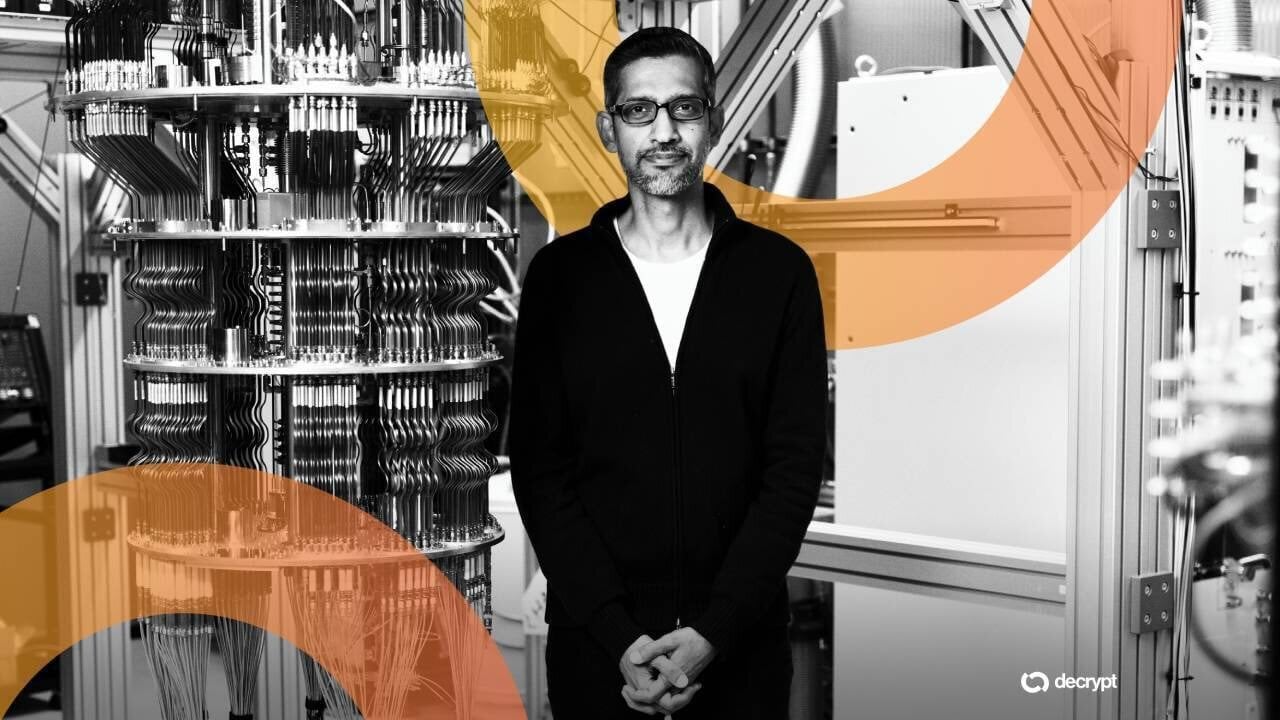
Google’s Quantum Breakthrough Sparks Bitcoin Security Alarm: What Willow’s Verified Speed-Up Means for Crypto
Introduction: A New Era in Quantum Computing
In a landmark achievement published in Nature on October 22, 2025, Google’s 105-qubit Willow quantum processor demonstrated a verified speed-up over classical supercomputers, completing a physics algorithm in just over two hours—a task that would take Frontier, one of the world’s fastest supercomputers, roughly 3.2 years to simulate. This experimentally confirmed "quantum advantage," achieved using Google’s Quantum Echoes algorithm, marks a critical step toward fault-tolerant quantum systems with real-world applications. While the breakthrough holds promise for fields like drug discovery and materials science, it has also reignited concerns about the long-term security of Bitcoin and other cryptocurrencies reliant on elliptic-curve cryptography. For the crypto industry, Google’s verified results signal that the theoretical threat of quantum decryption is inching closer to reality.
The Willow Breakthrough: What Google Achieved
Google’s Willow chip, unveiled in December 2024, is a superconducting quantum processor designed to improve upon the 2019 Sycamore experiment, which demonstrated quantum speed-up but lacked reproducibility. Willow’s key innovation lies in its enhanced error correction and stability, with median two-qubit gate errors around 0.0015 and coherence times exceeding 100 microseconds. These improvements allowed researchers to run 23 layers of quantum operations across 65 qubits, enabling experiments that are both repeatable and verifiable—a first for quantum hardware.
The Quantum Echoes algorithm tested Willow’s capabilities by conducting time-reversal experiments. Researchers drove the system through a sequence of quantum operations, disturbed one qubit with a controlled signal, and reversed the process to observe whether quantum information would "echo" back as constructive interference. The result—a verifiable speed-up of approximately 13,000 times over classical simulations—confirms that quantum behavior can persist in systems too complex for classical computers to model.
From Sycamore to Willow: The Evolution of Quantum Advantage
Google’s quantum journey began with Sycamore in 2019, which first claimed quantum supremacy by performing a calculation in 200 seconds that would take a supercomputer 10,000 years. However, Sycamore faced skepticism due to its inability to reproduce results reliably. Willow addresses this gap by incorporating advanced error-correction techniques, making it the first quantum processor to achieve experimentally verified speed-up. This progression from Sycamore to Willow highlights a broader shift in quantum computing: moving from theoretical demonstrations to practical, reproducible engineering.
The stability of Willow’s qubits also enables more complex computations, such as simulating molecular interactions—a task Google aims to explore in collaboration with institutions like the University of California, Berkeley. As Sundar Pichai, Google’s CEO, stated on X: "This breakthrough is a significant step toward the first real-world application of quantum computing."
Why Quantum Computing Poses a Threat to Bitcoin
Bitcoin’s security relies on elliptic-curve cryptography (ECC), a mathematical framework that classical computers cannot reverse-engineer within feasible timeframes. However, quantum computers leveraging Shor’s algorithm could theoretically break ECC by factoring large numbers exponentially faster. While this threat remains distant, Willow’s verified speed-up underscores steady progress toward fault-tolerant quantum systems capable of such attacks.
Christopher Peikert, a professor of computer science and engineering at the University of Michigan, told Decrypt: "Quantum computation has a reasonable probability—more than five percent—of being a major, even existential, long-term risk to Bitcoin and other cryptocurrencies." He emphasized that transitioning to post-quantum cryptographic schemes would introduce trade-offs, such as larger key sizes and signatures, increasing network traffic and block sizes.
The Road to Post-Quantum Cryptography
Post-quantum cryptography (PQC) refers to encryption methods designed to withstand attacks from quantum computers. While organizations like the National Institute of Standards and Technology (NIST) have been standardizing PQC algorithms since 2016, adoption in blockchain networks remains slow due to technical and scalability challenges. For Bitcoin, implementing PQC would require a hard fork—a contentious process historically met with resistance from developers and miners.
Peikert noted that hybrid schemes—combining classical and post-quantum cryptography—could offer interim solutions but would still impact blockchain efficiency. As quantum hardware advances, the urgency for crypto projects to prioritize PQC integration grows.
Broader Implications for Blockchain and Digital Assets
Beyond Bitcoin, many blockchain networks use ECC or similar classical cryptographic methods, including Ethereum (for key generation) and Litecoin. Google’s breakthrough serves as a reminder that the entire digital asset ecosystem must eventually address quantum vulnerabilities. Projects like QANplatform and Algorand have begun exploring quantum-resistant features, but widespread implementation remains years away.
The timeline for practical quantum decryption is uncertain, but Willow’s verification narrows the gap between theory and reality. As Google shifts focus toward real-world applications like molecular modeling, the parallel development of quantum-resistant protocols becomes increasingly critical.
Conclusion: A Call to Action for the Crypto Industry
Google’s Willow breakthrough represents a milestone in quantum computing—one that balances promise with peril. For scientists, it opens doors to simulating nature at unprecedented scales; for crypto stakeholders, it underscores the need to future-proof digital assets against emerging threats. While quantum decryption is not an immediate risk, the countdown has begun. Developers, miners, and investors should monitor advancements in post-quantum cryptography and support research into scalable solutions. As Peikert cautioned, proactive adaptation is preferable to reactive crisis management. The clock is ticking, and the time to prepare is now.